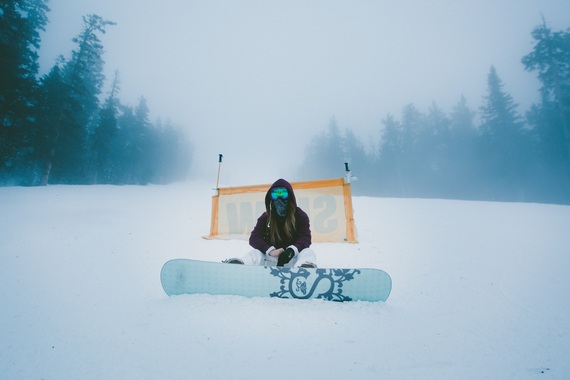Everyone experiences the seasons differently. Some people live for the feeling of tossing open their windows to welcome in the first warm winds of spring. Others crave the warmth of snuggling up with a big blanket and a book in the depths of winter.
Understandably, those people who love the warm weather can sometimes feel a bit let down when winter starts to set in.
What Is SAD?
SAD stands for Seasonal Affective Disorder. In short, it's when people have a tendency to feel sad or even depressed based on the seasons. Although it's most common during the fall and winter, some people also experience it during the warmer seasons.
- Frequent oversleeping
- Cravings for carbohydrates and successive weight gain
- A strange heaviness in the arms and legs
Why Do People Suffer From It?
There's still some debate about the validity of SAD. A large study by Auburn University at Montgomery recently found that there is no perceptible shift in depression at any time over the year. This study has not yet been replicated, but it relied on a huge dataset gathered from over 34,000 adults from all over the United States. The end result was that there was no perceptible shift in instances of depression related to the seasons.
This, however, is only one study. There could be reasons why it didn't show up, and other studies have confirmed the existence of SAD. In other words, the verdict is still out. There have been some signs that certain people are at higher risk of the disorder. Those who have a family history of depression or live farther from the equator are at higher risk. Young women are also higher risk.
How to Help Yourself
If you're among the unlucky ones who suffer from mood swings brought on by a change in seasons, here are some things you can do to reduce the symptoms and regain your sanity:
1. Try Some R&R
A bit of extra pampering doesn't hurt anyone. The holidays are a good time for a bit of that, but it can be hard to squeeze in with all the family around. With the cold and snow continuing for a while, it's a good idea to try and squeeze in something good for you.
Some people want to paint, while others might wish to read instead. You might want to pull inspiration from quotes that make you feel better or help you stay focused.
2. Keep Exercising
Exercise isn't just something you do because you want to look better. It's something you do because you want to feel better, too. Numerous studies have found powerful, long-lasting results from exercise. In some studies, participants actually had more results from exercise than they did from antidepressants, so get moving!
3. Enjoy the Cold
Winter doesn't confine you to the indoors. There are plenty of outdoor activities that anyone can do! As Ranulph Fiennes said, "There is no bad weather, only inappropriate clothing." Get up, get outside, and start playing!
4. Hang Out With Friends
One of the downsides of winter is that everyone is usually trying to get from A to B with no delay. This can cut down on casual encounters, so you may have to work to set them up. Engaging with your social groups can not only alleviate symptoms now, but may also help prevent them later.
5. Let in the Light
One of the most common complaints from people with SAD is that there's less daylight. With shortened daylight hours, combined with Daylight Savings Time, this affects everyone. Studies have shown that increasing your exposure to light can positively affect your mood. This is because light increases serotonin transporter binding, making you able to receive more of the mood-boosting chemicals.
6. Nourish Yourself
Eating well is important at any time, but even more so when you're trying to make yourself feel better. Comfort food is often wonderful for the soul, but bad for the body -- so try to eat in a way that nourishes you, both physically and mentally. Eating well can cut down on carbohydrate cravings and reduce weight gain.
Mindful eating can be a simple first step toward reducing cravings for unhealthy choices and enjoying what you have.
If you find something that makes winter a bit better for you, do it! It might be a weekly meeting with friends, or you might discover an unknown love of ice skating. Whatever it is, if it makes winter a bit more bearable, consider adding it to your routine.
Images by Brooke Lark and Jakob Owens


